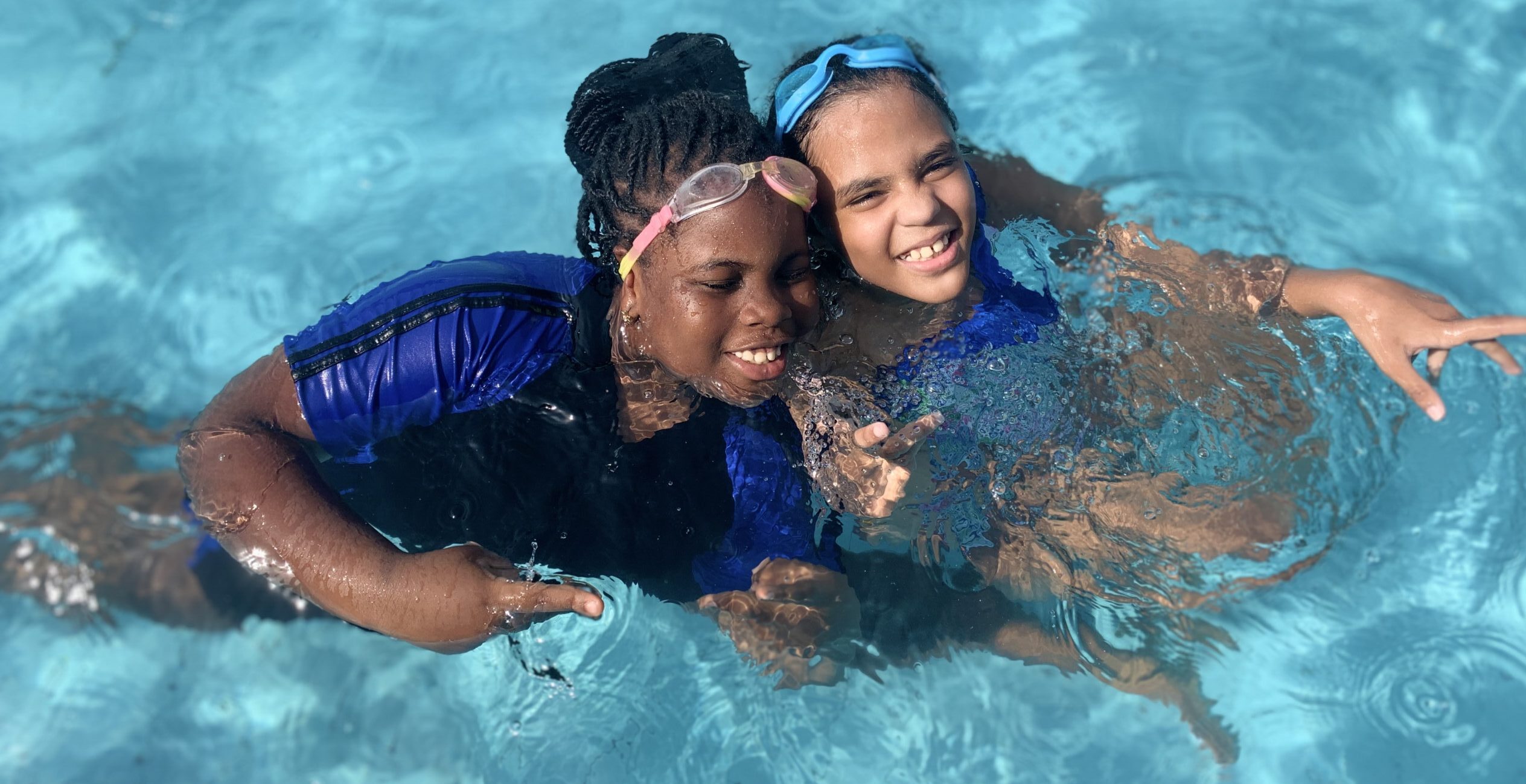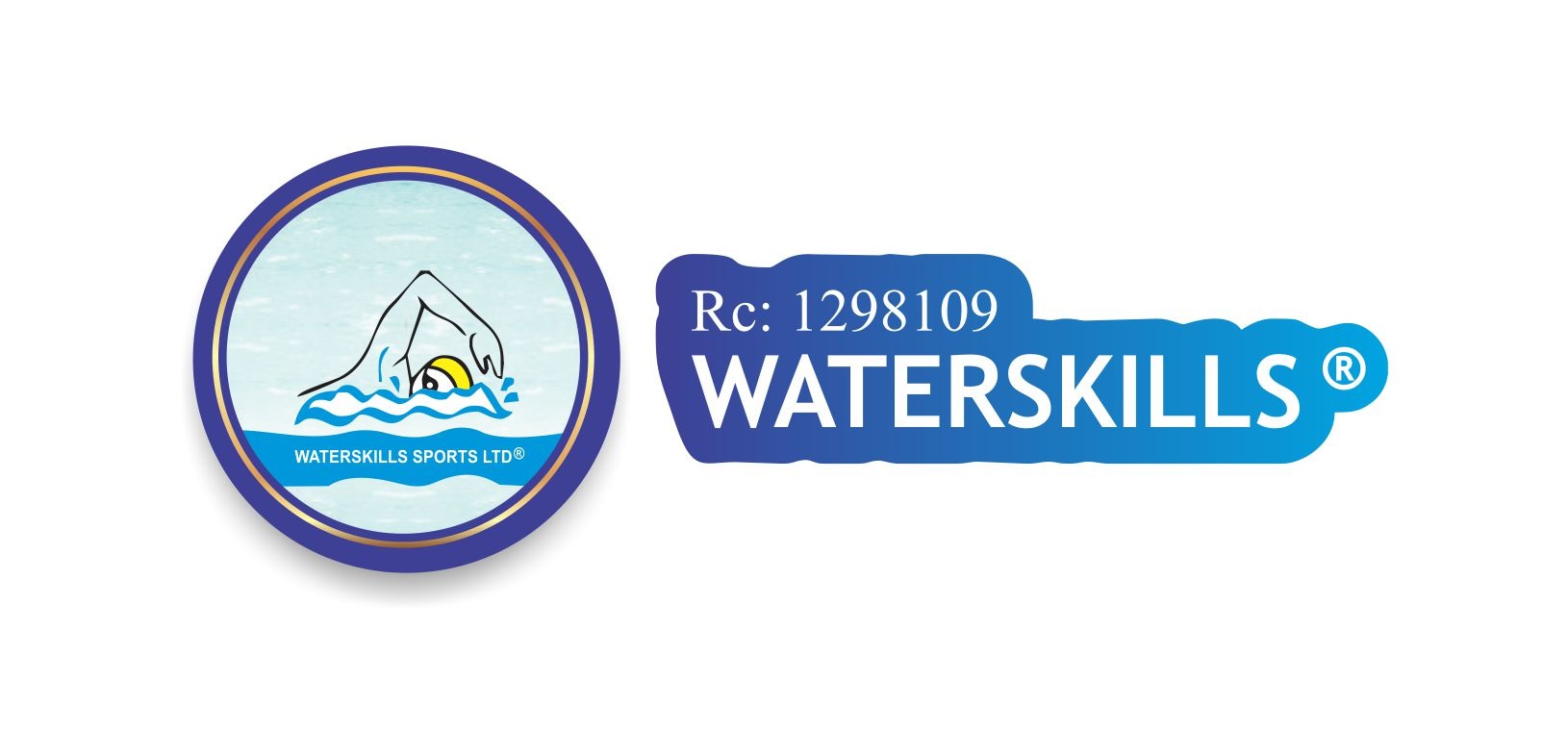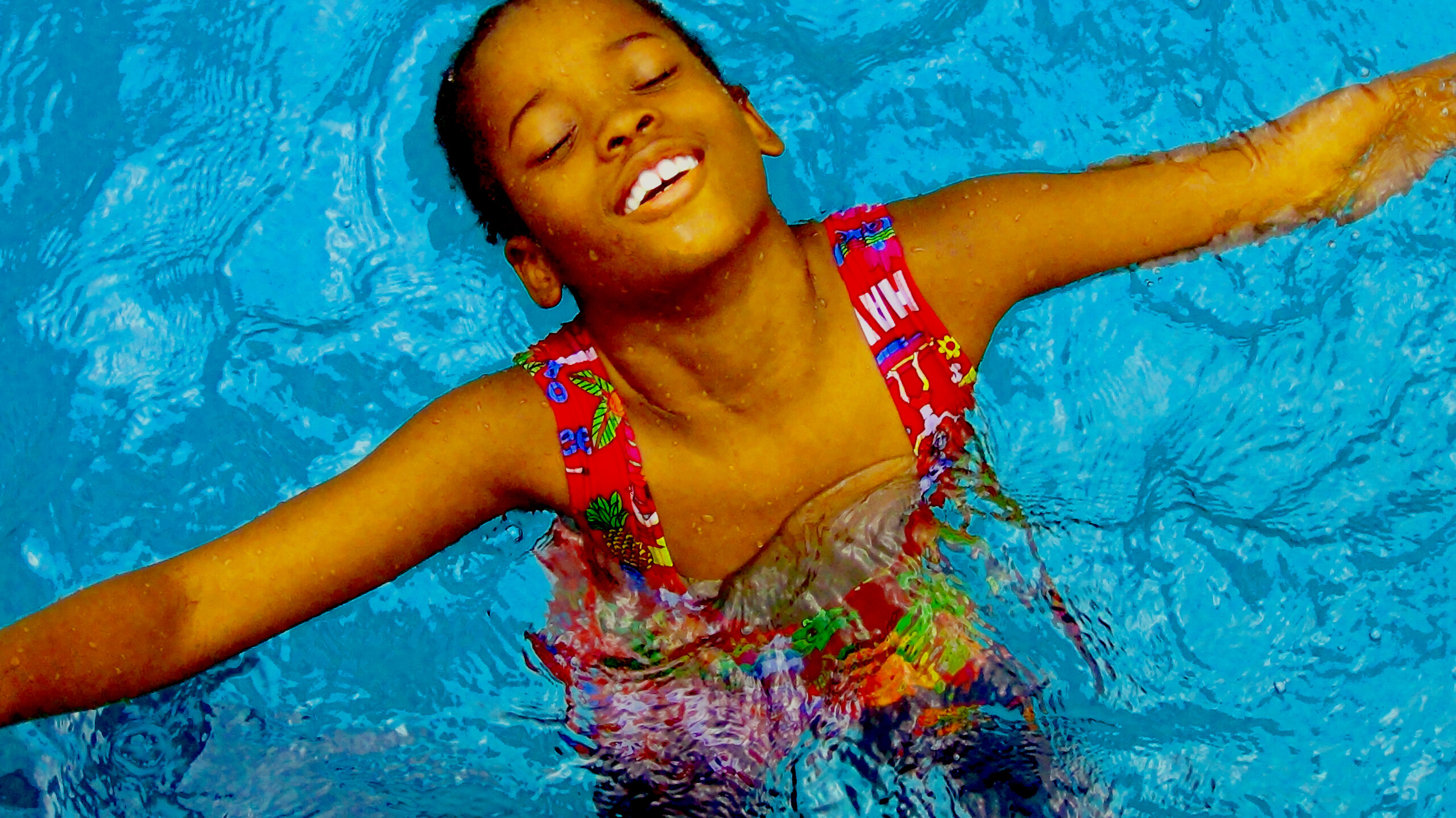What is drowning?
Drowning is the process of experiencing respiratory impairment from submersion or immersion in liquid. Drowning is not always fatal.
Fatal drowning happens when the drowning results in death.
Nonfatal drowning happens when a person survives a drowning incident. Nonfatal drowning has a range of outcomes, from no injuries to very serious injuries such as brain damage or permanent disability.
All of us can help prevent drowning
There is far more we can do to prevent drowning. Far too many people around the world know the pain of losing a loved one to drowning. World Health Organization’s Global report on drowning each year almost 360 000 people die from drowning – over 90% of them in low-and middle-income countries. More than half of these deaths are among those younger than 25, with children aged under 5 facing the greatest risk. Drowning is the third leading cause of death worldwide for those aged from 5 to 14. Despite these tragic facts, drowning prevention gets relatively little attention and few resources.
Certain factors make drowning more likely


